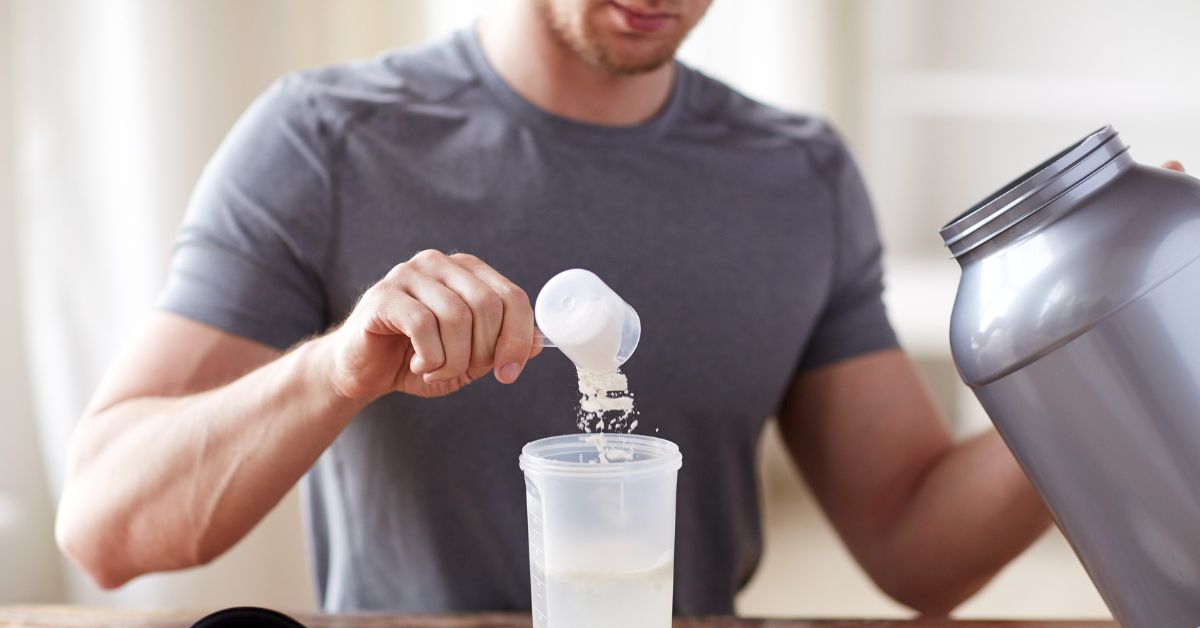As summer kicks into full gear, families everywhere are heading to the beach, lake and pool for some summer sun and fun. And while delayed drowning is rare, it is important to know about delayed drowning symptoms so you can be on the lookout.
What is delayed drowning?
Delayed drowning is a lesser-known type of serious breathing problem related to drowning that has gained more attention lately due to social media. But to understand delayed drowning, we must rethink what drowning is.
“‘Drowning’ is not a medical term because drowning can mean so many different things and can mislead people to think that once someone is out of the water the danger is over,” Matthew Gaffney, MD, a primary care physician at Mercy Health – Dent Crossing Family Medicine who is board-certified in pediatric medicine as well as internal medicine, explains.
How does delayed drowning occur?
The medical term for drowning is actually “submersion injury” because there can be several different ways that being underwater can result in someone’s oxygen levels going down. These can result in death or a brain injury.
It’s important to remember this type of injury can happen when someone is fully underwater or unable to fully swim and keep their head above water.
How does someone drown outside of the water?
Sometimes, a submersion injury can happen to someone who has just survived a primary submersion injury or “near-drowning event,” but the effects of the injury occur over time.
What often happens is that water gets into the individual’s lungs and then disrupts the liquid coating in the lungs that lets the lungs inflate and deflate normally. This type of injury has classically been called “delayed drowning” because it can occur in someone who nearly drowned after they are out of the water, after they initially seemed fine.
Another commonly used term is “dry drowning,” which has the same symptoms and results in someone being unable to breathe, but is not necessarily caused by water getting into the lungs.
Dr. Gaffney says that this term is typically no longer used because it doesn’t matter what is causing the symptoms. What matters is that the symptoms are present, they are recognized and the child having symptoms is taken to the emergency department right away.
“Regardless of what we call it, an injury that occurs after a near-drowning event can be just as deadly as being in the middle of the pool unable to swim,” Dr. Gaffney adds. “The patient is on land, out of water and yet, for all intents and purposes, they are still drowning.”
What are delayed drowning symptoms?
Delayed drowning can become an issue regardless of the amount of water inhaled. Therefore, it’s important to look for the signs of delayed drowning symptoms after you have finished any water activity, like swimming.
Signs and symptoms of delayed drowning can include:
- Sudden and persistent coughing
- Low energy
- Vomiting caused by persistent coughing
- Breathing hard or trouble breathing
How long can symptoms occur?
Delayed drowning symptoms would start right away or within a few hours – they wouldn’t happen randomly days later. A good rule of thumb is to look out for delayed drowning symptoms right after water activity and then for up to 24 hours afterward.
If you notice any difficulty with breathing, coughing or shortness of breath, you should head to the emergency department right away. Those are symptoms that need immediate attention and care.
How do I know if my child has water in their lungs?
The issue isn’t necessarily about water in the lungs, Dr. Gaffney says. It’s about the amount of oxygen someone is getting. If your child has any of the symptoms described above, they are having problems getting oxygen and need to be seen in the emergency department immediately.
“Trying to expel water from the lungs in a delayed drowning situation is generally not going to help,” Dr. Gaffney shares. “Also, remember that they can have a problem just as serious as having water in their lungs, even if there isn’t any water in them.”
If you or your child does have an incident in the water where fluid is inhaled, but no symptoms are displayed, then you don’t have any need to panic. If you watch for symptoms and no symptoms develop, then everything is fine.
How do I prevent delayed drowning?
Luckily, delayed drowning is very preventable with some simple water safety tips.
The following rules can help in preventing drowning as well as delayed drowning:
- Make sure all water activities are supervised or a lifeguard is on duty
- Never swim alone
- Understand and adjust to the environment of the water, like currents, water temperature or hazards
- Learn CPR
- Wear life jackets when possible
- Use age-appropriate flotation devices
- Get your kids in swimming lessons early
“Also, get your kids in swim lessons as early as 12 months,” Dr. Gaffney advises. “Just be sure to ask your pediatrician if your child is ready for swim lessons first.”
How we can help
When you’re playing in the water this summer, it’s important to remain vigilant during any activities that may cause a drowning incident or complications. Simple water safety and knowing CPR can go a long way.
If you do observe someone showing delayed drowning symptoms, head to the emergency department immediately.
Learn about the primary care services we provide at Mercy Health.






